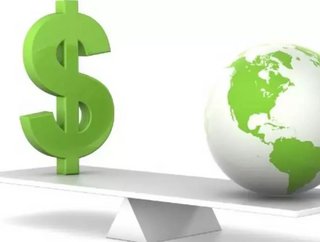Energy Efficiency: A Financially Sound Way to Go Green

Written by Bobbi Klein
The commercial and residential sectors alike are searching for ways to become “greener,” save money, and reduce greenhouse gas emissions. However, the availability of extra money to fund the renovations is hard to come by in the current economic recession. The mantra thus far has been let’s cut back on the extras that we do not need and use the savings for other allocated sectors. What if there is a way to become “green” without any upfront costs and can be a fiscally correct solution?
Green Analytics, Inc., an energy conservation company, guarantees that its energy conservation solution reduces energy usage by at least 30%, without any up-front costs, and has a return on investment of 3 years.
The question going through your mind must be “How is this possible?” According to Green Analytics’ CEO Brandon Fletcher, “We find a fiscally correct way for everyone to say ‘yes’ to energy efficient technology. Green Analytics uses profit maximizing green technology that is ‘better, faster, and cheaper’ not just greener.” The current “green” marketing theme is that you are a “bad” person for not going green; however, Fletcher states, “With our green technology, we market that you are a ‘bad financial manager’ for not going green.” Due to Green Analytics’ technology, there could be nothing wrong with the environment and with the guaranteed 30% reduction in energy costs; it would be ridiculous not to say “yes.”
The financing of the energy efficiency renovations allows the client to not need faith in the technologies, but rather in the financial strength of the financing partner, which include several national leasing companies or even the client’s own bank to back the project.
RDS Manufacturing in Broken Arrow, Oklahoma incorporated energy efficiency renovations, which included an air circulation system (Coenco Air Movers) and lighting retrofitting. RDS saved 38% energy usage with the lighting alone.
Fletcher concludes with two main cautions, “1) Do not go green alone. You will either pay too much to do a few easy things or get tricked into a very expensive marketing campaign with solar panels everywhere. 2) Do not pay for going green. If the green technologies cannot meet your company’s investments hurdle, just like every other investment your company makes, you are wasting money.”
With all of the savings and the possibility of tax incentives, becoming energy efficient should be an easy decision. Need I say more.






